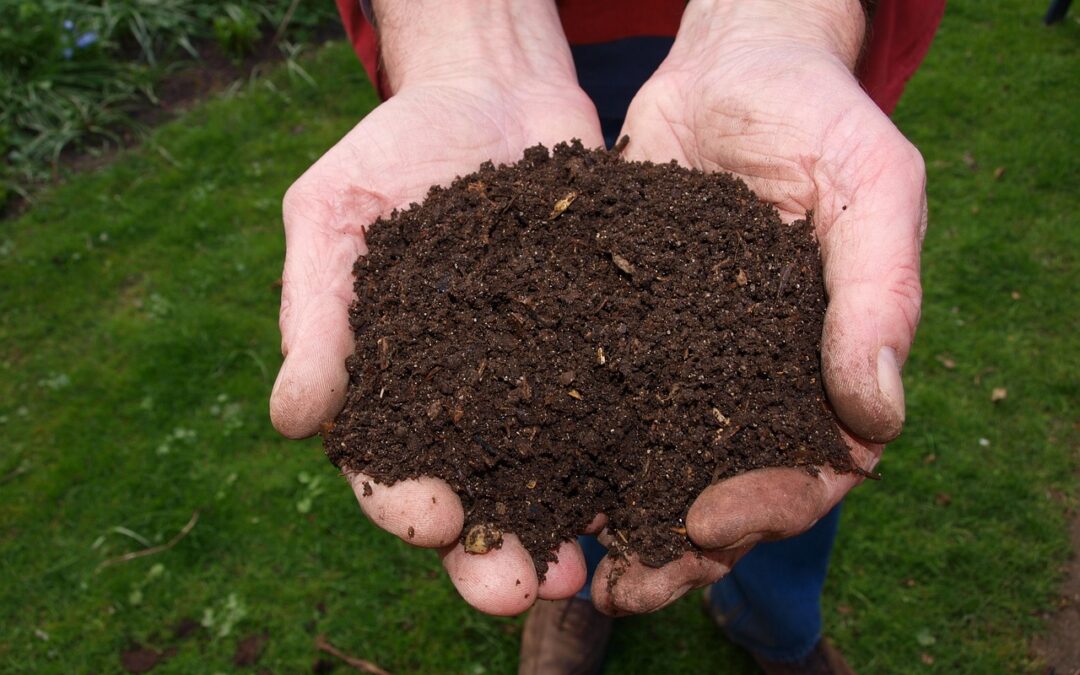Soil is obviously a huge part of landscaping. With all of the loose dirt, leaves, flowers and grass involved in it, this isn’t a surprise. But what may surprise you is that there are right ways and wrong ways to manage soil—especially if you’re interested in composting.
Whether you’re new to composting soil or are simply looking for ways to improve your game, here are five tips for properly composting soil when landscaping.
1. Go Nitrogen- and Carbon-Rich
There are lots of options when it comes to composting, but you generally want to stick to things that are “green” (aka nitrogen rich) or “brown” (carbon rich). Examples of green, nitrogen-rich materials that make great compost include: food scraps, grass clippings, coffee grounds, tea bags and egg shells. Examples of brown, carbon-rich materials include dry leaves, plant stalks, shredded paper, shredded brown bags and wood chips.
2. Don’t Compost Everything
There are certain materials you’ll want to avoid putting in your compost pile. The United States Environmental Protection Agency (EPA) has a lengthy list of examples for what you can and cannot compost, which includes pet waste, bones, dairy products, painted wood, diseased plants, cooked foods and more. Certain materials shouldn’t be composted for a reason, so make sure you follow these guidelines!
3. Determine a Process
If you don’t have a plan, your composting aspirations might not come to fruition. By determining a process (and documenting that process), you can stay on track with properly composting soil in your backyard. A good example of a process would be something like this:
- Decide on how you’ll collect compost (e.g. containers, areas, etc.)
- Pick a spot for the compost pile, whether you build one or choose an area.
- Prepare ingredients by breaking them down into smaller pieces.
It doesn’t have to be too complicated. Follow these easy steps and you’re ready to start composting!
4. Create a Compost Pile or Space
Build the compost pile, starting with a layer of browns like wood chips or twigs. Add two to three times as many browns as greens and ensure air circulation by giving the pile a good mix. Always cover food scraps with dry leaves or other browns and use water to dampen the pile (if necessary).
5. Maintain It!
Maintain the pile by turning and mixing from time to time and adjust as necessary. You want to aim for a temperature of about 140 degrees. Also monitor for excessive moisture, bad odors or high temperatures. Any of these can cause weeds and pathogens to develop. Add and mix to your compost pile as needed.
At Classic Turf Equipment, our landscaping and lawn equipment experts can help you with tools and techniques for composting soil and other elements of landscaping. Contact us today or stop by one of our Dallas-Fort Worth locations and we’ll help you out.


Recent Comments